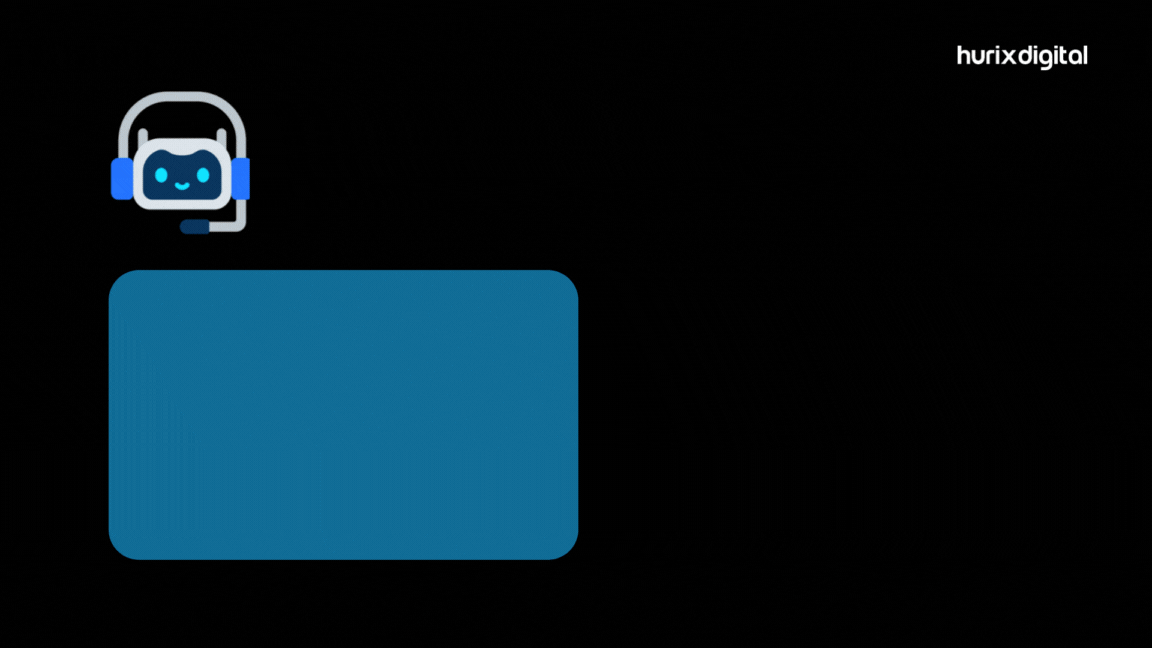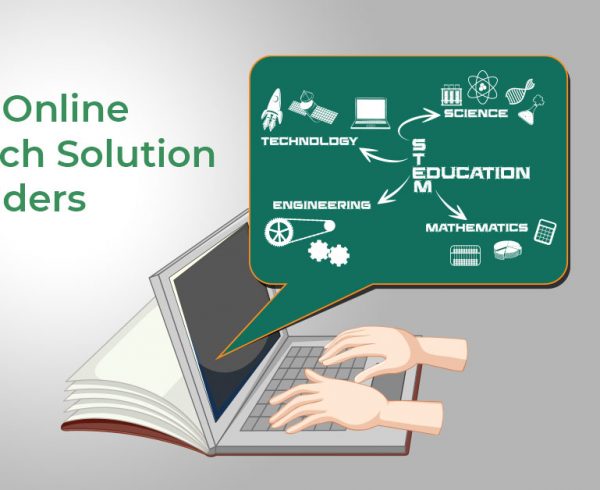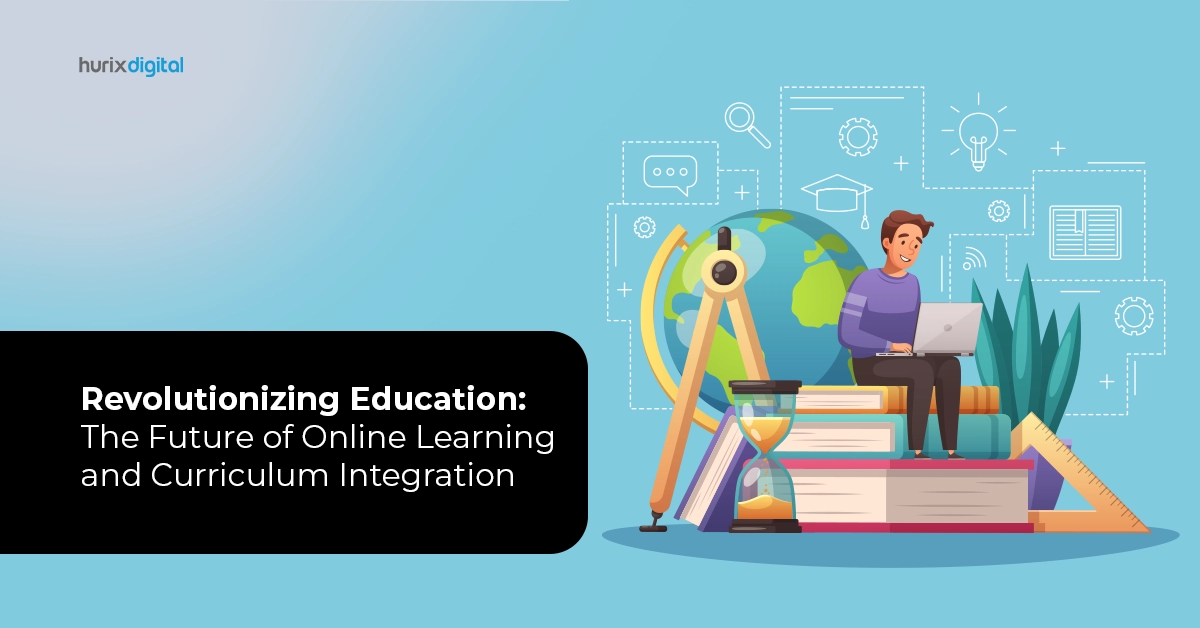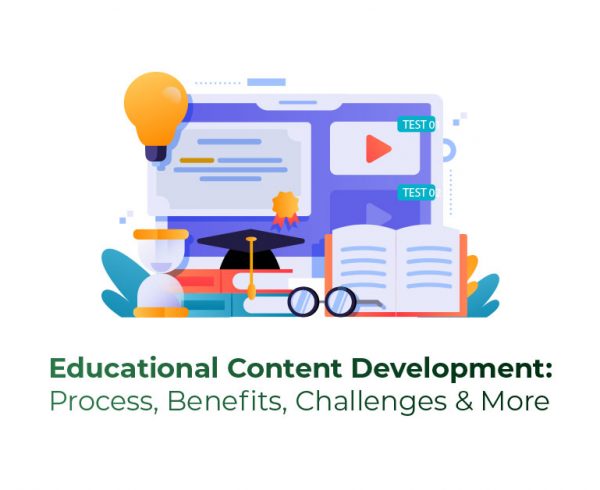Summary
This blog post explore all the nuances of ChatGPT, an AI tool, in the field of education. It highlights the key advantages and the disadvantages this tool comes with for teachers and students alike.
The use of AI is increasing rapidly in the education sector. It’s no wonder then that ChatGPT, a chatbot developed by OpenAI in November 2022, has gained global popularity, with the highest percentage of users (15.22%) residing in the United States.
Owing to its popularity and capability to generate human-like responses to questions, ChatGPT is becoming a trusted companion to many learners and educators. However, like any nascent technology, ChatGPT in higher education has its share of challenges.
Table of Contents:
- What are the Pros of Using ChatGPT?
- What are the Cons of Using ChatGPT
- The End Note
- Frequently Asked Questions (FAQs)
What are the Pros of Using ChatGPT?

1. Improves Accessibility to Education
ChatGPT improves the accessibility to education by removing barriers for people with disabilities and non-English speakers.
For instance, ChatGPT can speak out the responses for students with sight impairments. It can also summarize the topics or concepts from a course for students with learning disabilities. In addition, it enables students who have trouble typing or using a keyboard to speak out their queries.
Besides this, ChatGPT can translate English content for students into a language they are comfortable with, thus enabling them to understand their course material easily.
2. Helps with Homework
In a traditional scenario, students typically scour their textbooks and the internet for relevant assignment material. Unlike this, ChatGPT saves time and makes completing assignments easier.
When students type questions for an assignment on ChatGPT, the latter responds with explanations and examples. It provides students with an alternative way of answering assignment questions. It also offers academic phrases, terms, and sentence structures relevant to a particular context and, as a result, enriches students’ academic vocabulary and writing skills.
3. Provides Assistance to Educators
Using ChatGPT in higher education can assist professors in multiple ways, as follows:
- It can develop a comprehensive lesson plan for a course.
- It can generate a variety of questions like MCQs, true and false, fill in the blanks, etc., for a class test or quiz.
- It can analyze students’ assignments and aid teachers in grading and providing constructive feedback.
- It can provide access to links containing additional educational resources for a course.
- It can offer tips and tricks for increasing students’ engagement and reducing troublesome behavior in the classroom.
4. Personalizes Learning
ChatGPT can understand students’ learning styles, providing a personalized learning experience. It can analyze students’ academic performance and structure the course to meet their requirements.
Through Chat GPT, students can learn at a comfortable pace and thoroughly understand complex concepts. They can quickly access additional educational content by uniquely interacting with text-based research or learning material through ChatGPT.
Apart from this, they can improve the quality of their academic essays with the help of individualized and personalized feedback from ChatGPT.
5. Helps with Exam Preparation
When exams are around the corner, ChatGPT can help students prepare. It can recapitulate their class notes with emphasis on key terms. It can help them form an ideal answer to an important question. In addition, it can generate practice questions to help students become aware of their strengths and weaknesses based on subject matter.

What are the Cons of Using ChatGPT?
1. Lack of Academic Integrity
Academic integrity is the primary concern for using ChatGPT in higher education. Many educators believe that using ChatGPT for writing assignments will only promote cheating and plagiarism. Since ChatGPT generates responses quickly, it will decrease students’ abilities to brainstorm, think critically, and be creative with their answers.
2. Provides Inaccurate Information
The information provided by ChatGPT can seem plausible and well-written, but it lacks insight and may not be necessarily accurate. It can be difficult to detect exactly which portions of the information are factually inaccurate. This can harm students’ learning experience and decision-making skills.
3. Biased Responses
AI chatbots are trained on a massive dataset. If the dataset contains biases, chances are that some of the responses produced by Chat GPT will be biased. These biases are harmful and can amplify discrimination against certain groups of people and create an unhealthy environment.
4. Limited Knowledge
Though ChatGPT is trained with a lot of information, there’s still some information it cannot access. Due to this, it may not be able to provide good answers about niche topics. It may also not be aware of the recent developments in different fields.
5. Inability to Multitask and Understand Context
ChatGPT can only work on one task and respond to one query at a time. If a student asks multiple questions at a time, ChatGPT may struggle to prioritize and slow down without responding to all the questions.
Besides this, ChatGPT can find it difficult to understand the context and the nuances of human language. For instance, if a student uses humor or sarcasm in a question, ChatGPT may not pick up on that and provide an irrelevant response.
6. Lack of EI
Emotional intelligence (EI) plays an important role in educational settings. A human educator can understand the emotions of students and respond accordingly. An educator is capable of providing emotional support in challenging times. It isn’t the case with virtual chatbots like ChatGPT, which lack EI and thus are unable to comprehend human emotions. Though they can come across as empathetic, they fail to respond appropriately to complex human emotions.
The End Note
On the one hand, ChatGPT has many benefits, including its ability to create personalized interactive lessons, increase access to education for people with disabilities, assist educators in curating lesson plans, and more. On the other hand, ChatGPT has many shortcomings, including its ability to generate biased responses, produce inaccurate information, inability to multitask, and more.
Despite its pros and cons, ChatGPT is here to stay, with a projected increase in revenue to $1 billion by 2024.
Using ChatGPT in higher education will certainly bring some transformations. However, if you want to completely transform the education at your university to a top-notch level, Hurix Digital can help.
Hurix specializes in providing tailored educational solutions to academic institutions and has established itself as a reputable partner for prominent education companies such as Cambridge University Press, Carnegie Learning, Wiley, and others.
For a state-of-the-art educational transformation, get in touch with Hurix Digital.
Also Read: How to Leverage eLearning Solutions to Enhance Your Company’s Productivity
Frequently Asked Questions (FAQs)
1. How does ChatGPT assist students with their assignments?
A. ChatGPT provides explanations, examples, academic phrases, and relevant structures, saving time and enriching vocabulary and writing skills.
2. In what ways can ChatGPT help educators in higher education?
A. ChatGPT can develop lesson plans, create various test questions, analyze assignments, offer extra resources, and provide engagement strategies.
3. How does ChatGPT personalize learning for students?
A. ChatGPT understands learning styles, tailoring courses, aiding understanding of complex concepts, and offering personalized feedback.
4. Can ChatGPT help students prepare for exams?
A. Yes, ChatGPT can summarize class notes, aid in forming ideal answers, and generate practice questions to identify strengths and weaknesses.
5. What limitations does ChatGPT have in terms of knowledge and multitasking?
A. ChatGPT might lack information about niche topics and recent developments, and it can only handle one query at a time.











